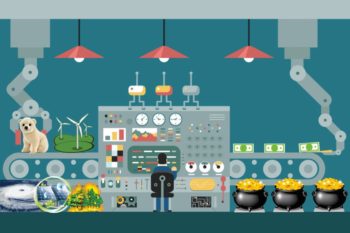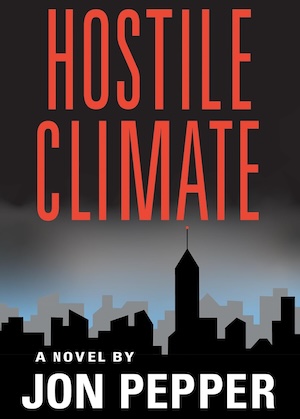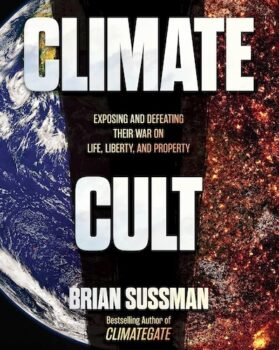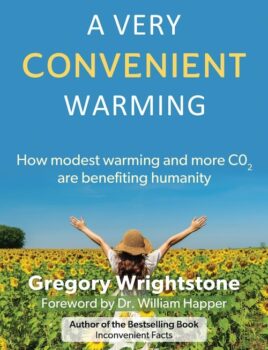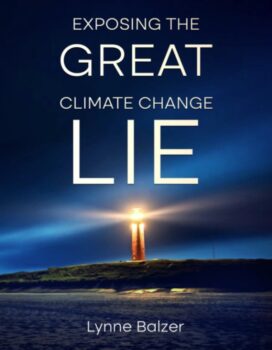
In 2005, John Ioannidis, a professor of medicine at Stanford University, published a paper, “Why most published research findings are false,” mathematically showing that a huge number of published papers must be incorrect. He also looked at a number of well-regarded medical research findings, and found that, of 34 that had been retested, 41% had been contradicted or found to be significantly exaggerated. Since then, researchers in several scientific areas have consistently struggled to reproduce major results of prominent studies. By some estimates, at least 51%—and as much as 89%—of published papers are based on studies and experiments showing results that cannot be reproduced. —Olivia Goldhill, Quartz, 13 March 2016
The student activists do not wish to hear anything at all that conflicts with their views. Or even hear anything that does not conflict with their views but allows for the fact that there might be conflicting views. “This mob mentality has echoes of the Red Guard in China back in the 1960s,” says Peter Tatchell. –Rod Liddle, The Sunday Times, 13 March 2016
A fascinating rift is growing in the climate community. While US scientists appear to be doing everything in their power to bury the ongoing pause in global warming, with questionable adjustments to their data, UK Ocean Scientists are refusing to give up without a fight. On the basis of a 2014 paper, UK Ocean scientists have just secured a budget, to launch a major investigation into why global warming has paused, and to work out how to predict future pauses. –Eric Worrall, Watts Up With That, 12 March 2016
For years, climate activists have been concerned and puzzled by the fact that a lot of people don’t agree with them. In order to rectify this problem, they tried to get the message out about climate change, thinking that if everyone had the correct information, we could all happily live together in a world of onethink and pursue the rapid and drastic political agenda they wish for. They then realised that this naive idea, called the deficit model, didn’t really work: despite an enormous effort from the climate propaganda machine, public concern about climate change and support for action continued its steady decline. This “problem” is a regular concern at Adam Corner’s blog, Climate Outreach. The next idea was finding the right words: spinning the message in a particular way so that it might appeal to, for example, Conservative voters, or “framing the narrative”, to use the sociology jargon. Unfortunately for them, this doesn’t seem to work either. –Paul Matthews, Climate Scepticism, 11 March 2016
We recently discussed the February 2016 El Ni√±o-related upsurges in the RSS and UAH lower troposphere temperature (TLT) data in the post March 2016 Update of Global Temperature Responses to 1997/98 and 2015/16 El Ni√±o Events. Not to be outdone, the GISS Land-Ocean Temperature (LOTI) data showed a +0.21 deg C jump in global land+ocean surface temperatures from January to February 2016…tacked on to the +0.24 deg C jump from September to October 2015. –Bob Tisdale, Climate Observations, 12 March 2016
The El Ni√±o weather pattern, while weakening, continues to hurt crop farmers as well as cattle ranchers across the Asia-Pacific region with its hot and dry conditions. Global temperatures in February were 2.43 degrees Fahrenheit above the average temperature for that month in the period from 1951-1980—a three-decade yardstick the National Aeronautics and Space Administration uses to understand recent temperatures—according to data released Saturday by the agency. The El Ni√±o phenomenon began in the first half of 2015, peaked in December and has started to recede. But the phenomenon will continue to affect weather patterns as it breaks down. Normal conditions are expected in the second half of 2016, according to weather bureaus in Australia, Japan and the U.S. –Lucy Craymer, The Wall Street Journal, 14 March 2016



